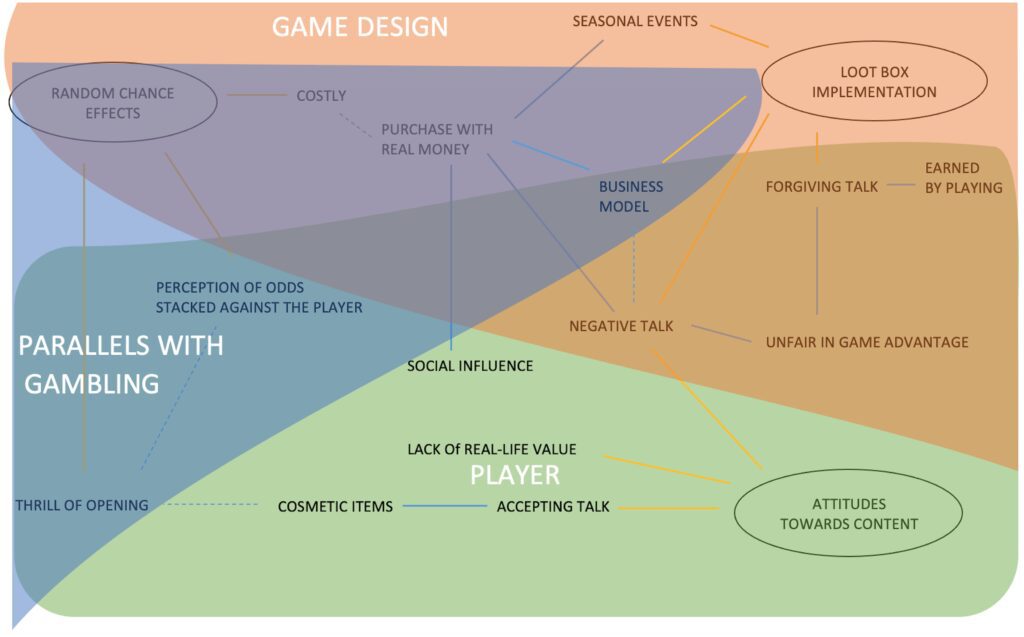Creating engaging gameplay mechanics is essential for the success of video games. Developers must consider what motivates players and build on the core mechanics of a game in unique and interesting ways. Introducing new mechanics gradually and encouraging player creativity also help to keep players engaged. Examples from Super Mario Bros., Batman: Arkham Asylum, and Metal Gear Solid demonstrate how these strategies can be implemented effectively. By implementing gameplay mechanics in innovative ways, developers can create engaging gameplay experiences that keep players coming back for more.
Implementing Gameplay Mechanics in Unique Ways to Keep Players Engaged
Creating engaging gameplay mechanics is key to the success of any video game. While the core concepts of gameplay mechanics – such as movement, combat, and puzzle-solving – are ubiquitous, the way in which these mechanics are implemented can vary greatly. In order to keep players engaged, developers must implement these mechanics in unique and interesting ways. In this article, we’ll explore how game developers can do just that.
Begin with Player Motivation
Before deciding on any gameplay mechanics, it’s important to consider what motivates players to keep playing. Is it the challenge of overcoming obstacles? The satisfaction of progressing through a story? The thrill of competitive play? Once you understand what motivates players, you can design gameplay mechanics that cater to those motivations.
Build on Core Mechanics
The core mechanics of a game are the building blocks on which the rest of the game is built. Whether it’s shooting, jumping, or solving puzzles, these mechanics are what players will spend the majority of their time doing. To keep players engaged, it’s important to build on these core mechanics in unique and interesting ways.
Example: Jumping Mechanics in Super Mario Bros.
In Super Mario Bros., the core mechanic of jumping is expanded upon in many different ways. The player must use their jumping ability to navigate platforms, avoid obstacles, and defeat enemies. The game also introduces power-ups, like the Super Mushroom, which increase the player’s jumping ability. These additions keep the jumping mechanic fresh and engaging throughout the game.
Introduce New Mechanics Gradually
Introducing too many new mechanics at once can overwhelm players and detract from the overall experience. Instead, it’s important to introduce new mechanics gradually over the course of the game. This allows players to become familiar with each mechanic before moving on to the next.
Example: Combat Mechanics in Batman: Arkham Asylum
In Batman: Arkham Asylum, the game gradually introduces new combat mechanics over the course of the game. The player begins with basic combat moves, such as punches and kicks, before gradually unlocking new moves and gadgets, like the Batarang and explosive gel. By the end of the game, the player has a wide variety of combat options at their disposal, but they’ve had plenty of time to become familiar with each one.
Encourage Player Creativity
The best gameplay mechanics allow players to use their creativity to solve problems and overcome obstacles. When players are presented with a challenge, they should be encouraged to try new and creative solutions.
Example: Stealth Mechanics in Metal Gear Solid
The stealth mechanics in Metal Gear Solid allow players to approach objectives in a variety of ways. Players can use cover, distract enemies, and even take them out from behind. By encouraging creativity in how players approach objectives, the game keeps the gameplay fresh and engaging.
Conclusion
Implementing gameplay mechanics in unique ways is key to keeping players engaged. By considering player motivation, building on core mechanics, introducing new mechanics gradually, and encouraging player creativity, game developers can create engaging gameplay experiences that keep players coming back for more.
